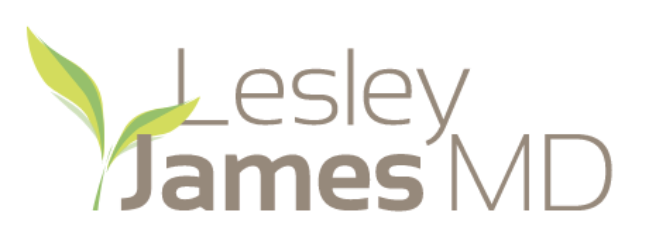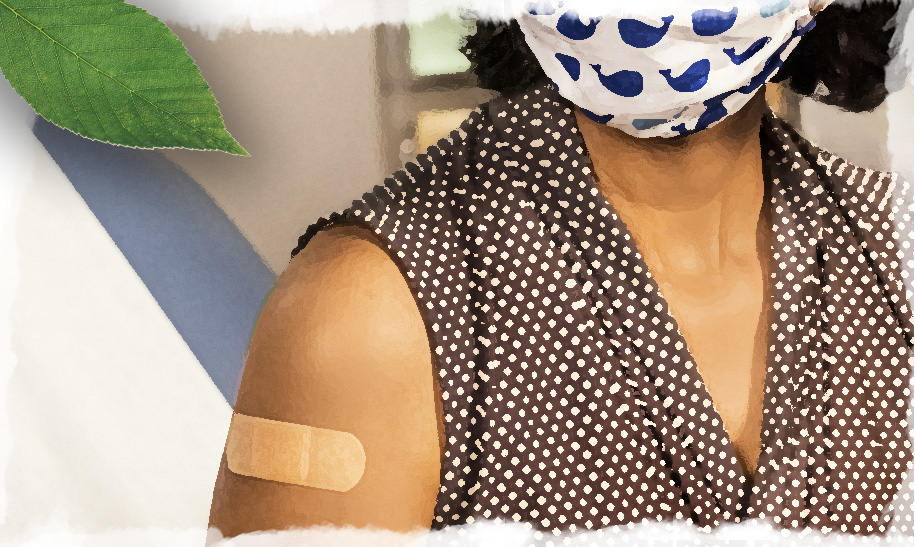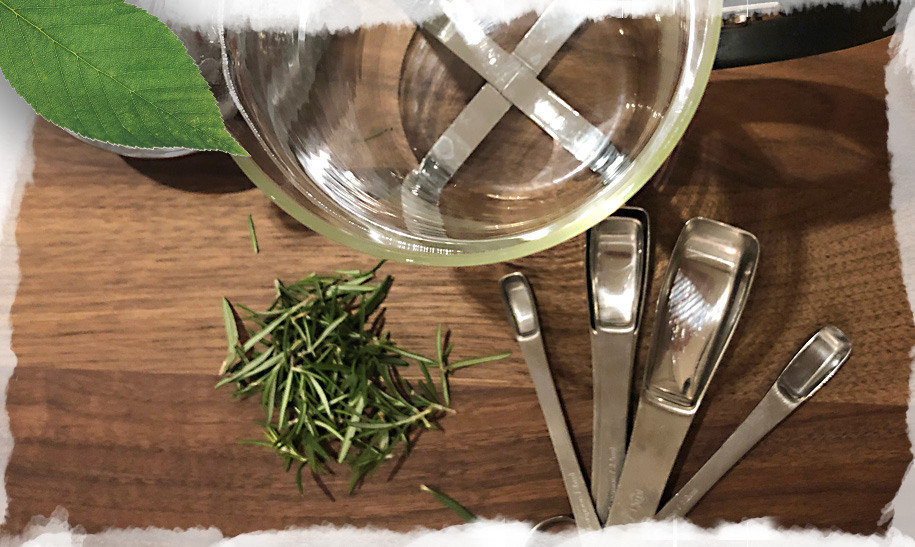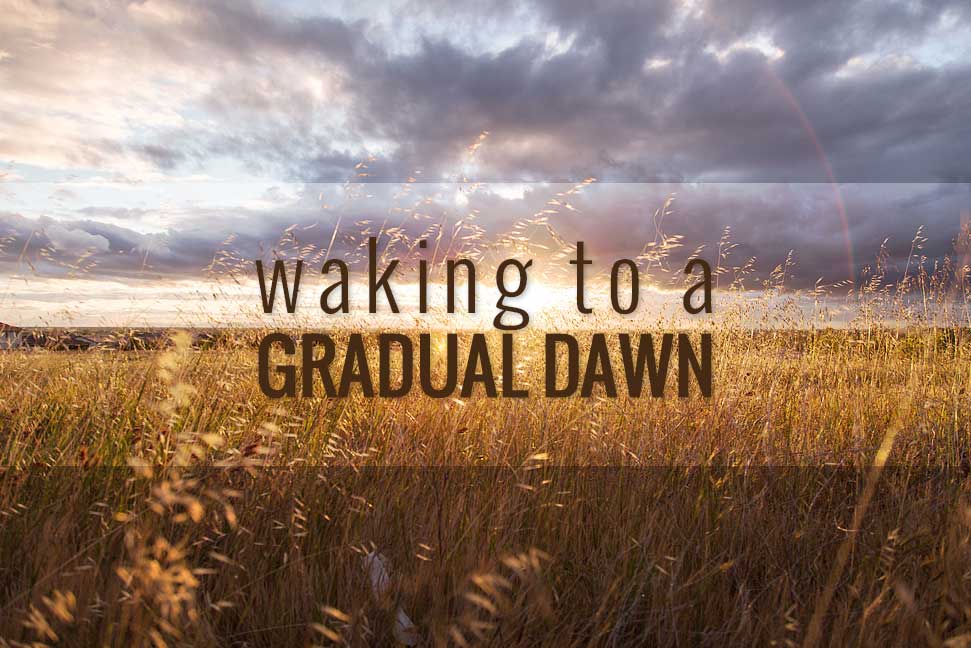While it may not make front page headline news anymore, viral infections haven’t gone away. Here are some common sense strategies to reduce your risk of getting sick this winter.
Continue reading “Reducing Risk of a Winter Infections”Thriving in Winter
How to Stay Healthy and Vibrant through the Winter (in western NY!)
Humans, like virtually all plants and animals, are governed by seasonal changes and biological rhythms. These patterns are clearly evident in medicine and something I have noticed over my years of practice in this part of the country. As we get deeper into winter, many notice changes in mood and overall wellness. The annual cycles of the sun and geography indeed can have a tremendous impact on well-being. While days start to get longer after the winter solstice, the winter doldrums can hang on for many more months. In fact, most people who suffer from winter doldrums and seasonal depression typically don’t see symptoms lift until May, after the official beginning of spring.
Continue reading “Thriving in Winter”Rosemary’s Journey from Garden to Plate
As the weather turns colder and the days grow shorter, its presence becomes not only an essential ingredient but also a poetic nod to the art of cherishing and recalling loved ones in a timeless culinary tapestry.
Continue reading “Rosemary’s Journey from Garden to Plate”Food Waste and Climate Change
The environmental and social consequences of producing food that no one eats are massive.
More than a third of food intended for human consumption in the United States is wasted, while at the same time upwards of 26 million people reported they experienced food scarcity.
Continue reading “Food Waste and Climate Change”Timing Matters when Intermittent Fasting
In the 15th century, the word breakfast became used to describe “breaking the fast.” However, when many people start intermittent fasting they tend to skip breakfast and begin eating at lunchtime. Unfortunately they are undermining their weight loss goals, as studies show that the benefits of fasting tend to be diminished when calories are shifted to the latter part of the day.
Continue reading “Timing Matters when Intermittent Fasting”Seasonal eating; shift your diet to reflect the bounty of nature’s harvest
As we enter the autumn season, it’s a great time to start thinking about shifting our diets to reflect the bounty of nature’s harvest available in the fall. By focusing on seasonal eating, we can become more in tune with nature, with our body’s’ needs, and on doing what’s best for the environment.
Continue reading “Seasonal eating; shift your diet to reflect the bounty of nature’s harvest”What’s Your Chronotype?
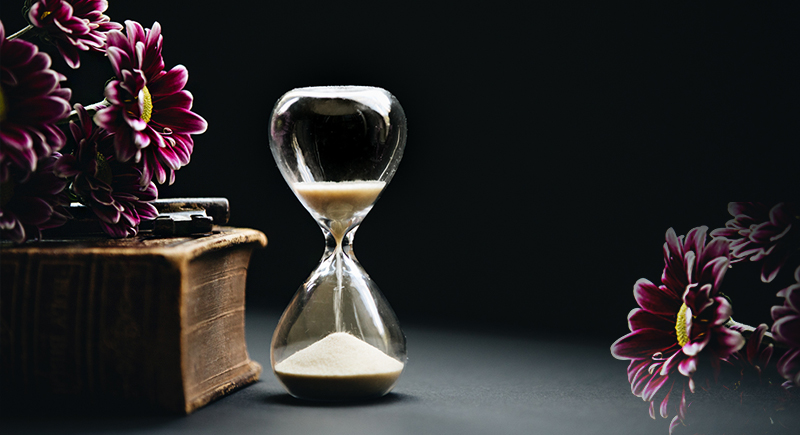
Fall is upon us, and along with its glorious gifts comes a change in the weather and in the light. Here in Rochester, one of the country’s cloudiest cities, with so few hours of sunshine and shorter days, we strive to move mountains before sunset. But adhering to nature’s light switch may not be advantageous for everyone, as research shows that each individual has an internal chronotype that determines when we truly shine.
What is a chronotype?
In short, it is an individual difference characteristic reflecting the time of day at which we are at our best. We all have a master clock in our brain and many subsidiary clocks ticking throughout our bodies, and not everyone’s clocks run at the same pace. Our chronotype controls our clock, or circadian rhythm, which is a series of behavioral, mental and physical changes that follow a 24-hour cycle. So if you consider yourself an “early bird” or a “night owl,” believe it or not your body is programmed for this classification, based upon your chronotype. And once you know your chronotype, you can work with your body to achieve maximum productivity.
What’s your chronotype? Take the quiz. <<
The assessment of individual chronotypes is important not only for the diagnosis and treatment of sleep disorders and for predicting the ability to adapt to specific schedules, but also for improving daytime performance and matching sleep schedules to our biology. Extreme evening individuals are at higher risk than morning people of not obtaining sufficient sleep and of performing poorly due to the difference between their circadian rhythm and the social demands of daily schedules. There is also research to show that people have more difficulties in maintaining sleep when their sleep is scheduled at adverse circadian phases.
The good news is, knowing our chronotypes can inspire us to take preventative measures such as using light therapy, or exposure to bright artificial light that mimics natural outdoor light. This therapy has long been recommended for Seasonal Affective Disorder, which results in changes in mood, sleep and even eating habits during the fall and winter months, as well as other health issues such as fatigue, memory-related disorders, low energy and more. By taking the chronotype assessment, we’ll know the optimal time to use light therapy according to our individual circadian rhythms and feel more energized throughout the day.
So, while we may not have a say when it comes to Mother Nature, business hours and school bells, knowledge of our chronotypes will definitely determine the ideal time of day to focus on important issues, complete daily tasks, exercise, achieve goals and, ultimately, live more fulfilling lives.
See Upcoming Classes:
October 8: THE SCIENCE BEHIND FOOD CRAVINGS
October 9: HEALTHY HIJACKS FOR TEA AND COFFEE
October 24: EXPLORE THE LINK BETWEEN NUTRITION AND SLEEP STRUGGLES
Finding Focus
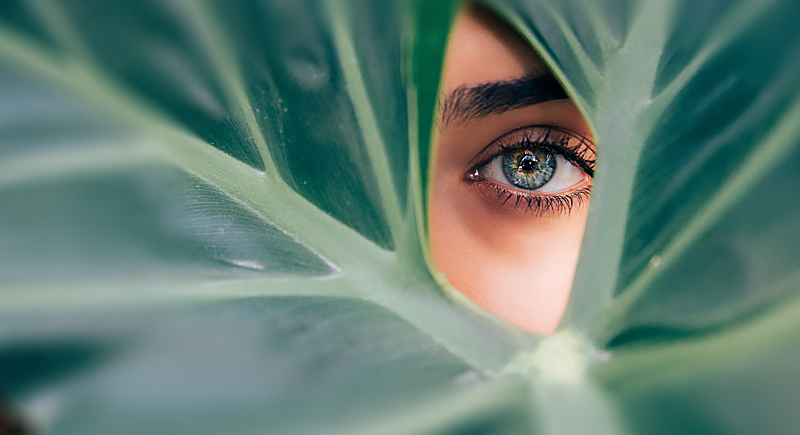
As the children go back to school and parents begin to juggle work, carpools, sports and homework help, it’s easy to become overwhelmed and experience difficulty in maintaining focus. And this applies even more intensely to those dealing with such ailments as ADD, ADHD, mild cognitive impairment and decline, anxiety, past concussions and the like.
But there are ways to combat our failing focus.
A healthy lifestyle that includes plenty of sleep, regular exercise, minimal screen time, ongoing organization and reduced stress, which can be aided by meditation or listening to classical music, are just a few. In addition, focus can be supported by adhering to a diet rich in Omega 3, Zinc, Iron, Vitamin B, and other nutrients.
Below is a list of supplements that may help us manage focus and, ultimately, support good mental health. For those currently receiving treatment for a diagnosis, these may be taken in conjunction with medication. As always, please consult your physician prior to starting a regimen of supplements.
Choline
Choline is a vitamin-like nutrient essential for optimal brain development and it influences cognitive function in later life. Choline is produced in the liver, and the amount that the body naturally synthesizes is not sufficient to meet human needs. While we obtain some choline from our diets, many of us don’t get the amount recommended by the medical profession, which is 550 mg per day for men and 425 mg per day for women. Choline supplements should be taken in the morning to improve attention and cognitive function throughout the day.
Alpha GPC by Jarrow: 300-1200 mg per day.
Citicholine by Jarrow: 250-500 mg per day.
L-Theanine
L-Theanine is an amino acid found in green tea that can help with focus, reduce stress, promote relaxation, and is especially helpful for those with anxiety.
L-Theanine by Vital Nutrients: 100-200 mg, 2-3 times per day.
Bacopa
Bacopa is an outstanding herb used in India for the young and old that promotes mental focus and clarity, and has antidepressant and anxiolytic activity for those who experience mental fog, ADHD and learning disabilities.
Bacopa Extract by Planetary Herbals: 1-2 tablets, 2-3 times per day of whole leaf extract.
Kids Daily B Centered
Kids Daily B Centered provides a range of B vitamins, along with zinc, bacopa, lemon balm and L-Theanine. This is ideal not only for those suffering from ADD and difficulty focusing, but it also serves as a calming agent.
Kids Daily B Centered Nutrient Booster Powder by MegaFood: 1 scoop per day.
References:
- L-Theanine/ Green Tea https://www.ncbi.nlm.nih.gov/pmc/articles/PMC4728665/!
- Bacopa https://www.hindawi.com/journals/ecam/2012/606424/!
- Natural Products https://www.ncbi.nlm.nih.gov/pmc/articles/PMC4757677/
See Upcoming Classes on Memory Maintenance:
September 27: MEMORY MAINTENANCE AND MENDING
November 6: MEMORY MAINTENANCE AND MENDING
Light Therapy: a glowing review
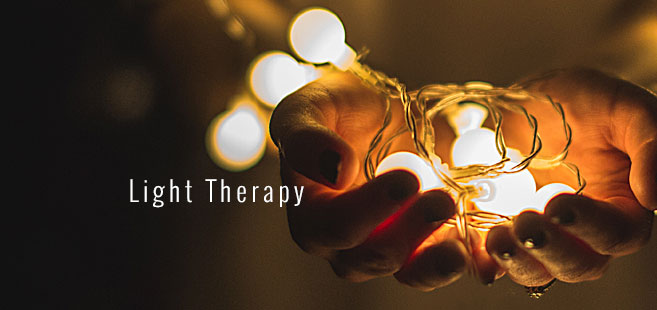 Every day our bodies experience circadian rhythms, or mental, physical and behavioral changes that are based on our response to the light and darkness in our environments. The best example being sleeping while it’s dark and performing our daily functions while it’s light outside. But these rhythms relate to far more complex brain and body functions, and are suffering in today’s society, as we are living less and less according to the natural cycle of the seasons.
Every day our bodies experience circadian rhythms, or mental, physical and behavioral changes that are based on our response to the light and darkness in our environments. The best example being sleeping while it’s dark and performing our daily functions while it’s light outside. But these rhythms relate to far more complex brain and body functions, and are suffering in today’s society, as we are living less and less according to the natural cycle of the seasons.
Truth is, our world is light-deprived and we are paying for it with our health.
Our bodies have become accustomed to the dim artificial light provided in our work places, found while running indoor errands, and again at home, when we are relaxing by watching television or sitting in front of our computers. But there’s a bright beam of hope: Researchers are making great strides in understanding the impact of light on our health and wellness, and there is now emphasis on the importance of getting enough of the right kind of light, which is bright light. It is called Light Therapy.
Symptoms of SAD: Difficulty waking, Decreased energy, Increased sleep, Carbohydrate cravings, Difficulty concentrating, Withdrawal, Depression, Anxiety, Irritability
Light therapy recommended for Seasonal Affective Disorder (SAD)
Light therapy, or exposure to bright artificial light that mimics natural outdoor light, has long been recommended for Seasonal Affective Disorder (SAD), a form of depression that occurs mainly in the fall and winter months, causing chemical alterations that result in changes in mood, sleep, even eating habits.
Light therapy is also effective for a number of additional disorders and health issues, such as:
- Non-seasonal depression (chronic depression and treatment-resistant depression)
- Premenstrual disorders
- Pregnancy-related depression
- Winter-heightened ADHD
- Dementia
- Parkinson’s Disease
- Jet Lag and Shift Work (exposure to proper light can safely shift our
bodies’ clocks to function effectively under circumstances of fatigue) - Sleep disorders
- Low energy and fatigue
- Eating disorders
- Cancer- and illness-related depression – Chronic Fatigue Syndrome
The benefits of light therapy continue to grow as this treatment is more widely utilized and studied. And while its one-time cost and quick results are an attractive prospect, even more impressive are recent studies and results: Data has shown that light therapy is as effective as antidepressants for depression and other disorders and, when used in addition to medication, accelerates improvement and symptoms.
Guidelines for purchasing a light therapy box
Of course if you are interested in purchasing a light therapy box or lamp, there are guidelines for the best results, such as purchasing a light that provides 10,000 lux of illumination at a comfortable sitting distance, brands that have been tested successfully in clinical trials, a white light rather than a colored light, as “full spectrum” and blue lamps provide no known therapeutic advantage, and more. There are minimal, if any, side effects stemming from light therapy, mainly headaches, eye strain or edginess.
As always, it is best to consult a physician before purchasing or beginning a new therapy. In this instance, the timing of the light is important, and it is not recommended for everyone, especially those with retinal issues or eye disease. I often give light therapy a glowing review and hope you’ll look further into its advantages or contact me for a consultation so we can determine if it might benefit your winter blues.
Resources
- Center for Environmental Therapeutics. www.cet.org
- Ach Gen Psychiatry, 2011. https://jamanetwork.com/journals/jamapsychiatry/fullarticle/211002
- https://www.omicsonline.org/open-access/feasibility-of-a-randomized-controll ed-trial-of-lighttherapy-in-cancer-patients-with-insomnia-2165-7386.100018 3.php?aid=29933&view=mobile
- https://www.ncbi.nlm.nih.gov/pubmed/27835724
- http://www.sleepreviewmag.com/2015/05/light-therapy-better-sleep/
- https://www.psychologytoday.com/blog/mental-wealth/201304/resyncing-the-b ody-clock-treatadhd
- https://www.ncbi.nlm.nih.gov/pmc/articles/PMC2951731/
- https://www.chronobiology.com/new-analysis-suggests-menopause-and-insomnia -go-hand-in-hand
Good Morning, Sunshine
Mornings. While some anticipate a superb sunrise, for others it’s the dreaded dawn.
Well, here’s a rousing thought: Your performance and attitude may, in part, be attributed to your method of awakening. But no need to hide under the covers, as even though that harsh alarm and the resulting wide-awake jolt may set the tone for the day, there’s a simple solution, known as dawn simulation.
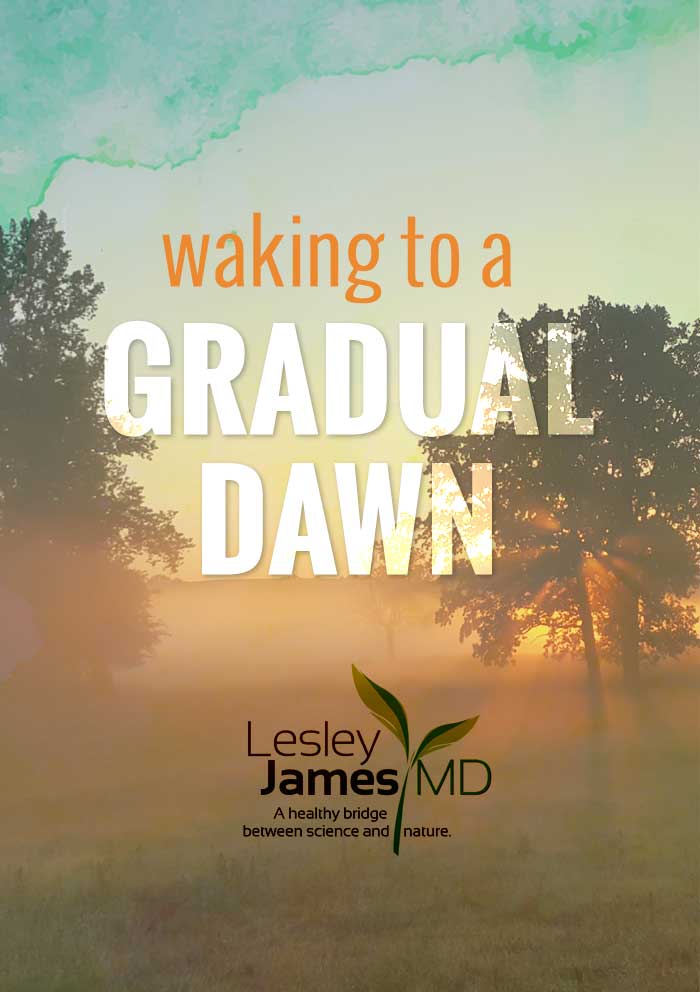
So, what exactly is a dawn simulator?
Simply put, it’s a natural alarm clock that involves timing lights in the bedroom to come on gradually, over a period of between 30 minutes and two hours before your preferred time of awakening. The concept was first patented in the late 1800s, with the realization that light enters through the eyelids, triggering the body to begin its wake-up cycle, including the release of cortisol, a hormone that regulates immune response, so that by the time the light is at full brightness, sleepers wake up on their own, without the need for a traditional alarm.
Your performance and attitude may, in part, be attributed to your method of awakening.
Research shows that, when compared with waking in dim light, the 30-minute sunrise not only left subjects feeling more refreshed and alert upon waking, but reflected an increase in agility, cognitive performance, response time and improved mood. In addition, cortisol levels were reported as significantly elevated, resulting in better overall hormone balance throughout the day.
The treatment is complete prior to awakening.
Dawn simulators, also known as wake-up lights or natural light alarm clocks that gradually transition you from a state of slumber, differ from other light therapies, as the treatment is complete prior to awakening, making it a convenient alternative to post-awakening bright therapy. The process is a lower intensity, and not considered a therapy for Seasonal Affective Disorder (SAD), but can certainly be used in addition to treatment.
In my house, we’ve fully embraced waking to a gradual dawn rather than the jolt of an alarm, especially living in Rochester, NY, where 83% of our days are cloudy—a tad lower than Seattle’s 84%. I hope that you, too, will give dawn simulators a try and reap the benefits of this truly bright idea for rising and shining.
Light Therapy Reviews

